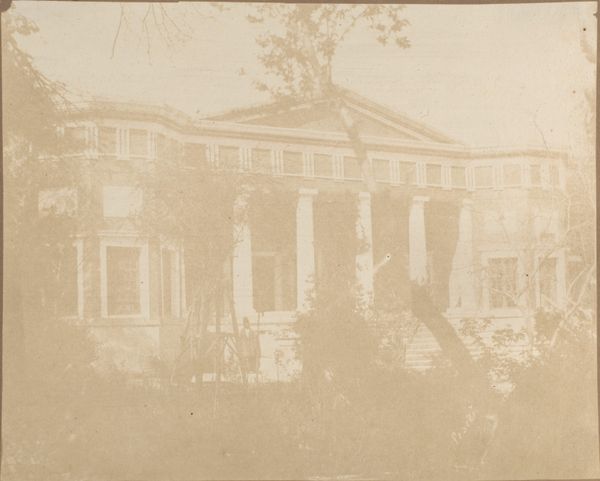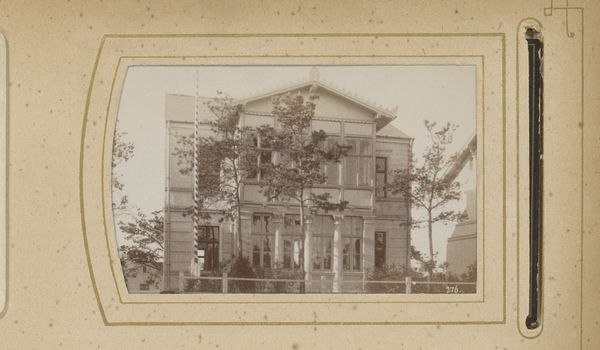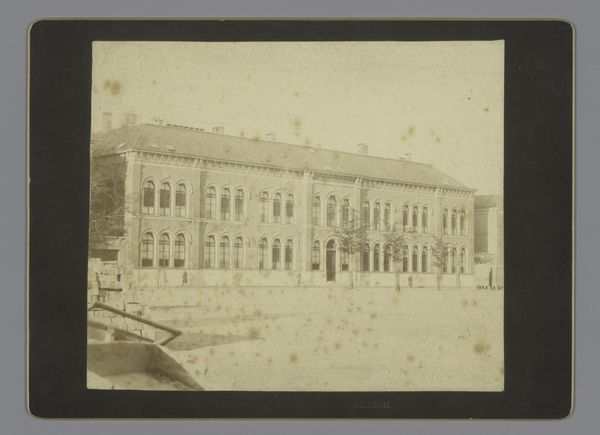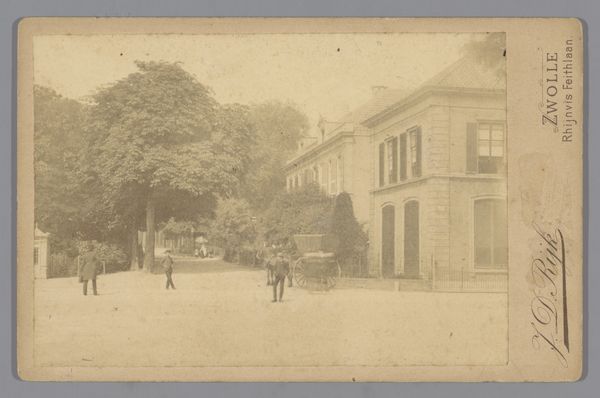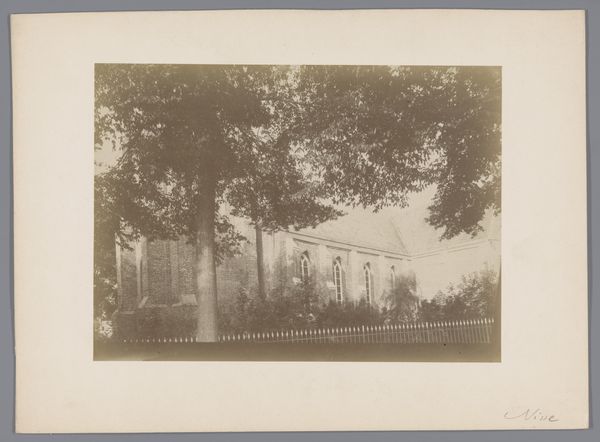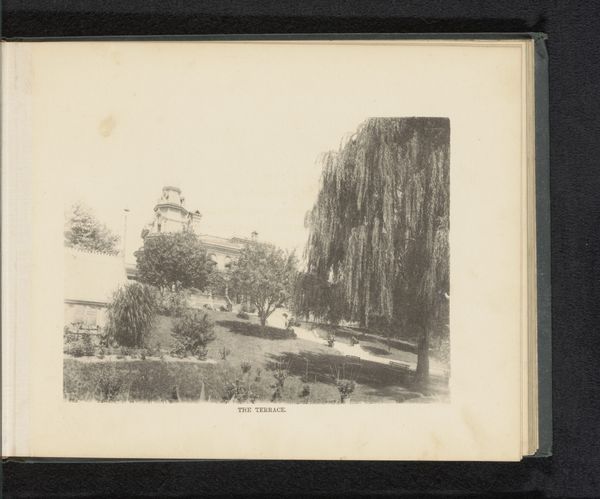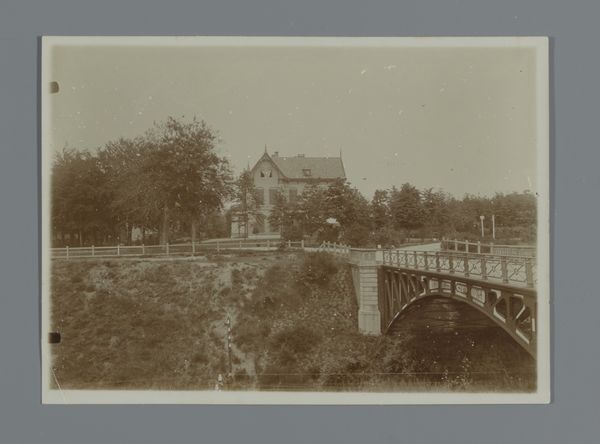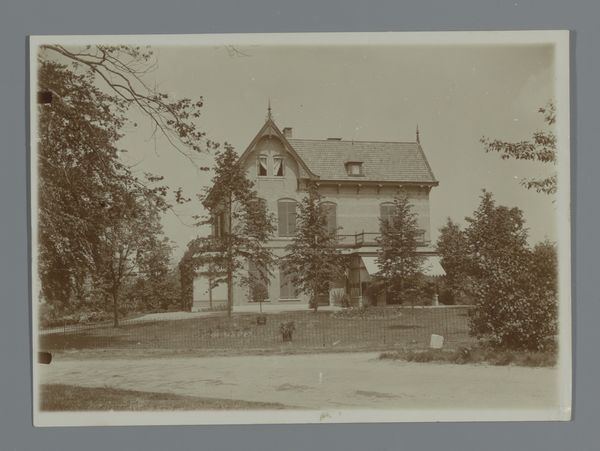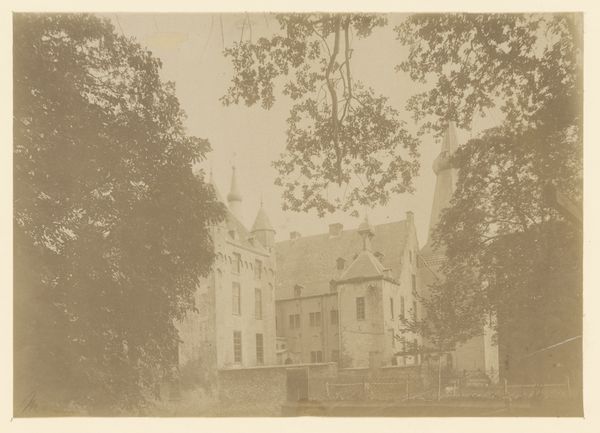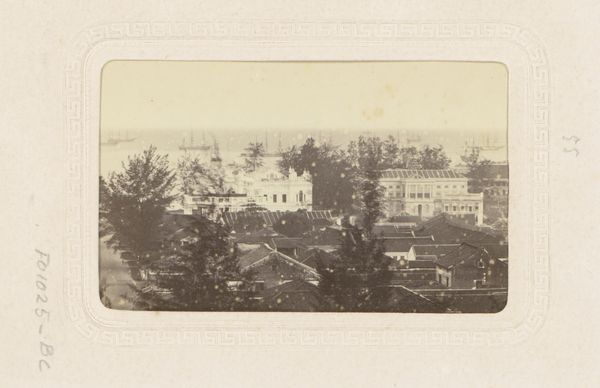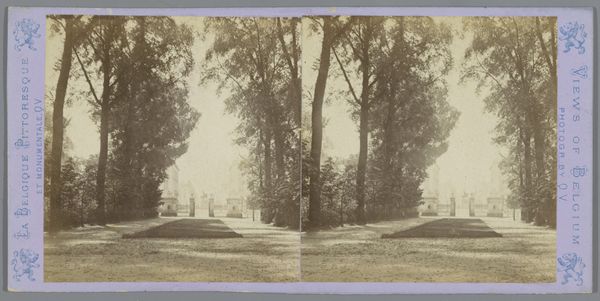
daguerreotype, photography, architecture
#
landscape
#
daguerreotype
#
photography
#
orientalism
#
islamic-art
#
architecture
Dimensions: height 204 mm, width 155 mm
Copyright: Rijks Museum: Open Domain
This photograph of the Royal Palace in Tehran was captured by Antoine Sevruguin, sometime between 1870 and 1930. Sevruguin worked with a process that was relatively new to Iran at the time. Photography, though technologically advanced, was used for purposes both documentary and artistic. The sepia tone and soft focus draw our attention to the architecture and its context. Note the intricate tilework on the palace facade, a testament to local craftsmanship. Photography at this time was as much about chemistry as it was about optics. The wet collodion process required meticulous preparation of glass plates, coated with light-sensitive chemicals. It was labor-intensive work. Sevruguin ran a commercial studio, and pictures like this had significant cultural implications. He was not only creating images, but also shaping the visual identity of Iran for both domestic and international audiences, capturing the essence of a time when tradition met modernity. By considering the materials, making, and context, we gain a fuller appreciation of the artwork.
Comments
No comments
Be the first to comment and join the conversation on the ultimate creative platform.
